Few skincare ingredients have the clinical backing that vitamin A derivatives do. Yet confusion often arises around tretinoin vs. retinol. Both can improve skin tone, smooth texture, and address visible signs of aging—but they work very differently. In this article, we’ll compare tretinoin and retinol, highlight their strengths and drawbacks, and explain how to protect your skin barrier with support from Rejuvaskin Skin Recovery Cream.
What’s the Difference Between Retinol and Tretinoin?
Both retinol and tretinoin are retinoids—vitamin A derivatives that influence cellular turnover and collagen production.
-
Retinol is available over the counter. Once applied, it must undergo enzymatic conversion in the skin into retinaldehyde and then retinoic acid (the active form). This makes it gentler, but slower to show results (Mukherjee et al., 2006).
-
Tretinoin (all-trans retinoic acid) is prescription-only in most regions. Because it is already active, it binds directly to nuclear receptors in skin cells, making it significantly more potent and effective (Zasada & Budzisz, 2019).
Benefits and Limitations of Retinol
Benefits:
-
Lower irritation risk compared to tretinoin
-
Gradual improvements in fine lines, pigmentation, and texture
-
Widely available without prescription
Limitations:
-
Requires conversion to retinoic acid, so results are less pronounced
-
Improvements may plateau over time (Mukherjee et al., 2006)
-
Less effective for severe acne or advanced photoaging
Benefits and Limitations of Tretinoin
Benefits:
-
Considered the gold standard in dermatology for acne and photoaging (Kafi et al., 2007)
-
Demonstrated improvements in collagen synthesis, fine lines, pigmentation, and roughness
-
Faster and more dramatic results compared to retinol
Limitations:
-
Frequently causes irritation during initial use (erythema, peeling, dryness)
-
Requires careful supervision and adherence
-
Not suitable for every skin type without barrier-supportive strategies (Zasada & Budzisz, 2019)
Choosing Between Retinol and Tretinoin
-
Start with retinol if you are new to retinoids, have sensitive skin, or are focused on prevention.
-
Choose tretinoin if you want more intensive results for acne, deep wrinkles, or advanced photoaging and are prepared for possible irritation.
-
Many dermatologists recommend using retinol as a “training step” before moving on to tretinoin.
Protecting Your Skin Barrier During Retinoid Use
Both tretinoin and retinol can compromise the skin barrier in the early stages, which is why barrier support is essential. Evidence shows that irritation is one of the most common reasons patients discontinue retinoids (Mukherjee et al., 2006).
To minimize irritation:
-
Start with applications two to three nights per week.
-
Use only a pea-sized amount on dry skin.
-
Apply a gentle, hydrating moisturizer afterward.
-
Always pair with daily sunscreen (SPF 30+).
Rejuvaskin Skin Recovery Cream is designed to soothe, hydrate, and restore the barrier, making it an ideal partner when introducing or maintaining a retinoid routine. Supporting the skin barrier not only reduces discomfort but also allows for consistent use, which is critical for long-term results.
What Results to Expect
-
First 4–6 weeks: Possible dryness, peeling, and redness (“retinization”).
-
2–3 months: Gradual improvements in pigmentation, tone, and smoothness.
-
6+ months: Long-term benefits in firmness, fine lines, and collagen remodeling (Kafi et al., 2007).
When it comes to tretinoin vs. retinol, the right choice depends on your skin goals, tolerance, and experience. Retinol is the gentler option, ideal for beginners or those seeking preventive care, while tretinoin provides faster, more dramatic results for advanced signs of aging and acne.
No matter which path you choose, protecting your skin barrier is critical. That’s where Rejuvaskin Skin Recovery Cream helps—keeping irritation at bay so you can stay consistent. And if you’re not quite ready for prescription tretinoin, Rejuvaskin Retinoid Face Serum offers a smart alternative. With its Tri-RetinX™ Complex, it provides many of the benefits of retinoids with less irritation, making it the perfect entry point into vitamin A skincare.
With patience, barrier support, and the right retinoid for your needs, you can unlock the smoother, brighter, more resilient skin you’re aiming for.
Works Cited
Kafi, R., Kwak, H. S., Schumacher, W. E., Cho, S., Hanft, V. N., Hamilton, T. A., King, A. L., Neal, J. D., Varani, J., Fisher, G. J., Voorhees, J. J., & Kang, S. (2007). Improvement of naturally aged skin with vitamin A (retinol). Archives of Dermatology, 143(5), 606–612. Link
Mukherjee, S., Date, A., Patravale, V., Korting, H. C., Roeder, A., & Weindl, G. (2006). Retinoids in the treatment of skin aging: An overview of clinical efficacy and safety. Clinical Interventions in Aging, 1(4), 327–348. Link
Zasada, M., & Budzisz, E. (2019). Retinoids: Active molecules influencing skin structure formation in cosmetic and dermatological treatments. Postepy Dermatologii i Alergologii, 36(4), 392–397. Link
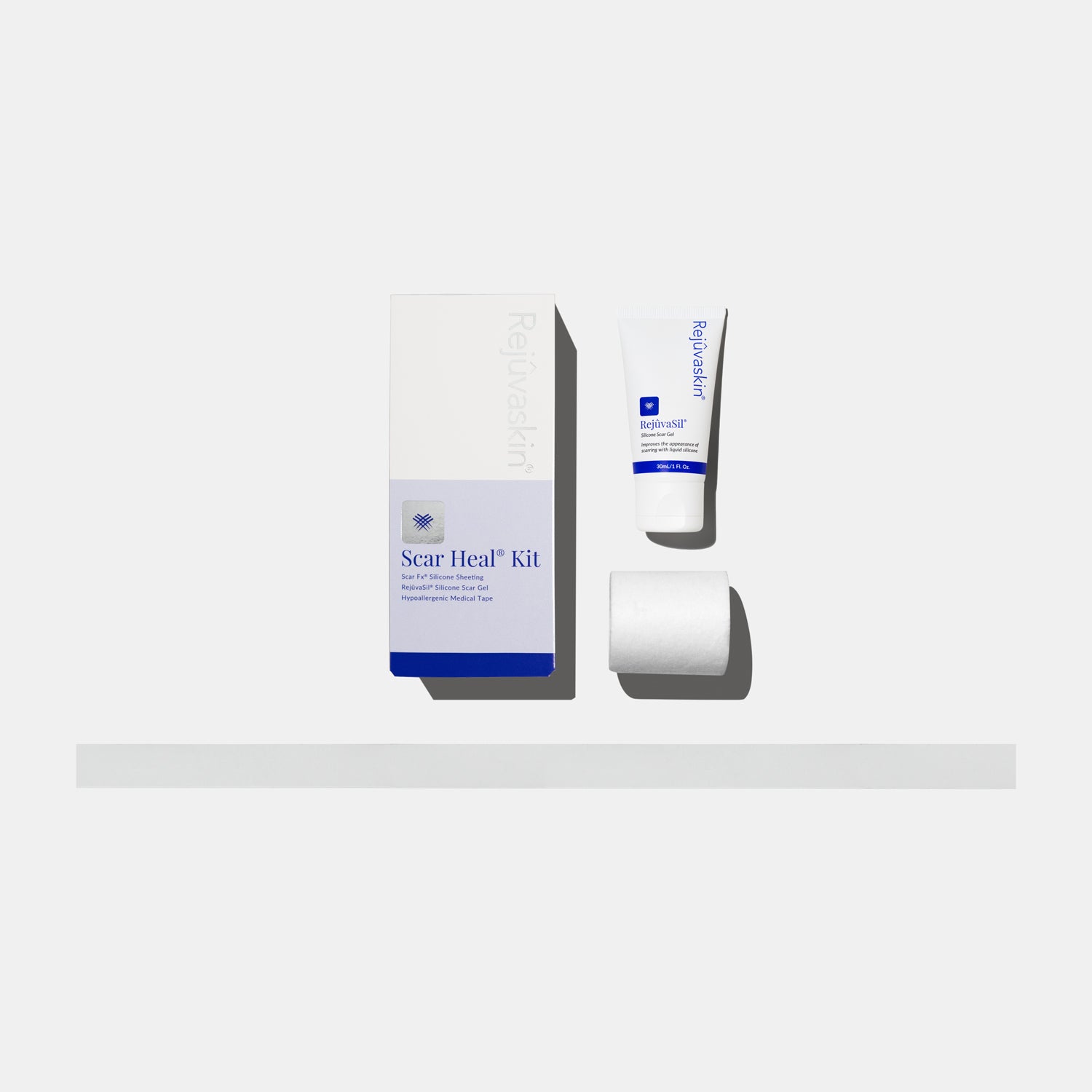


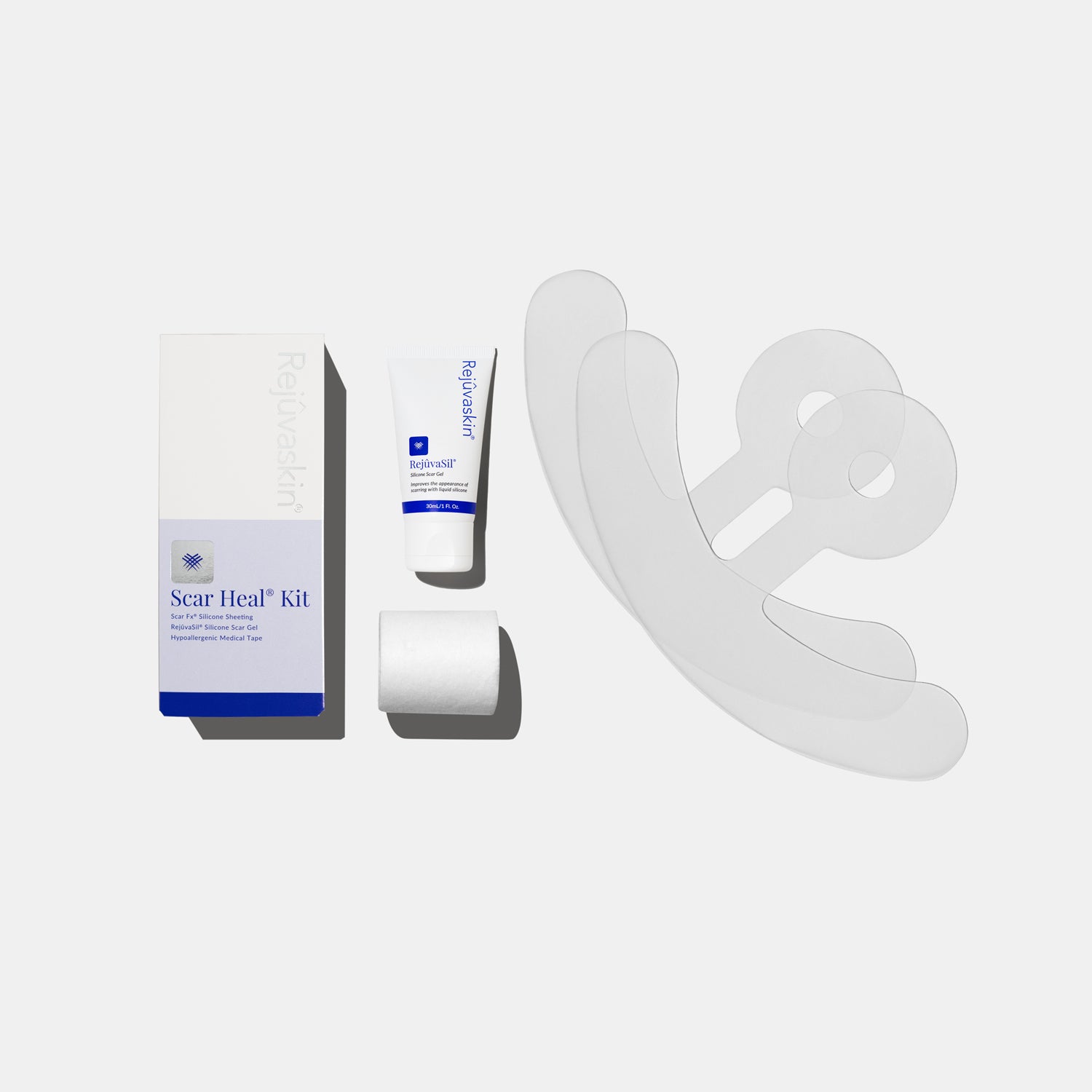
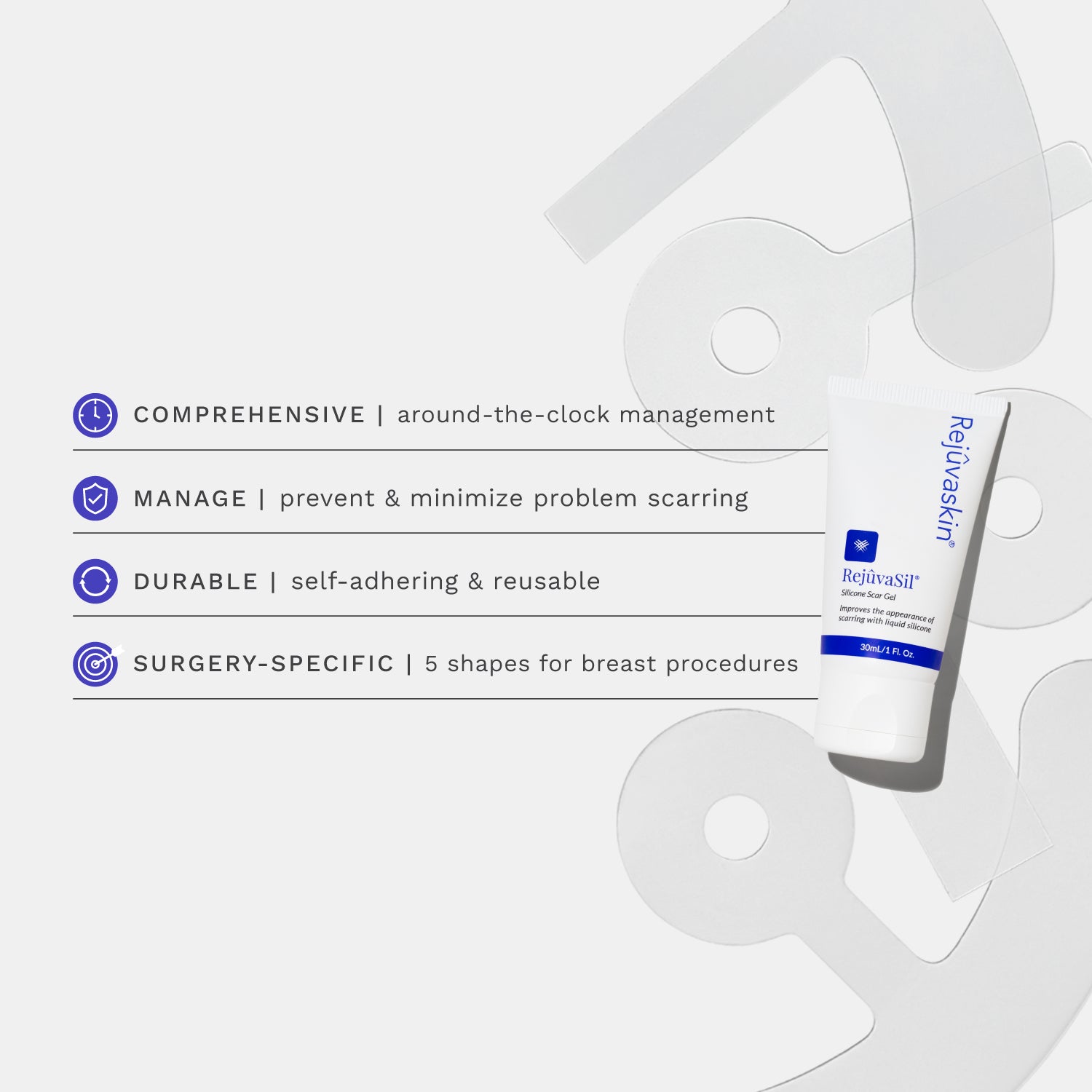
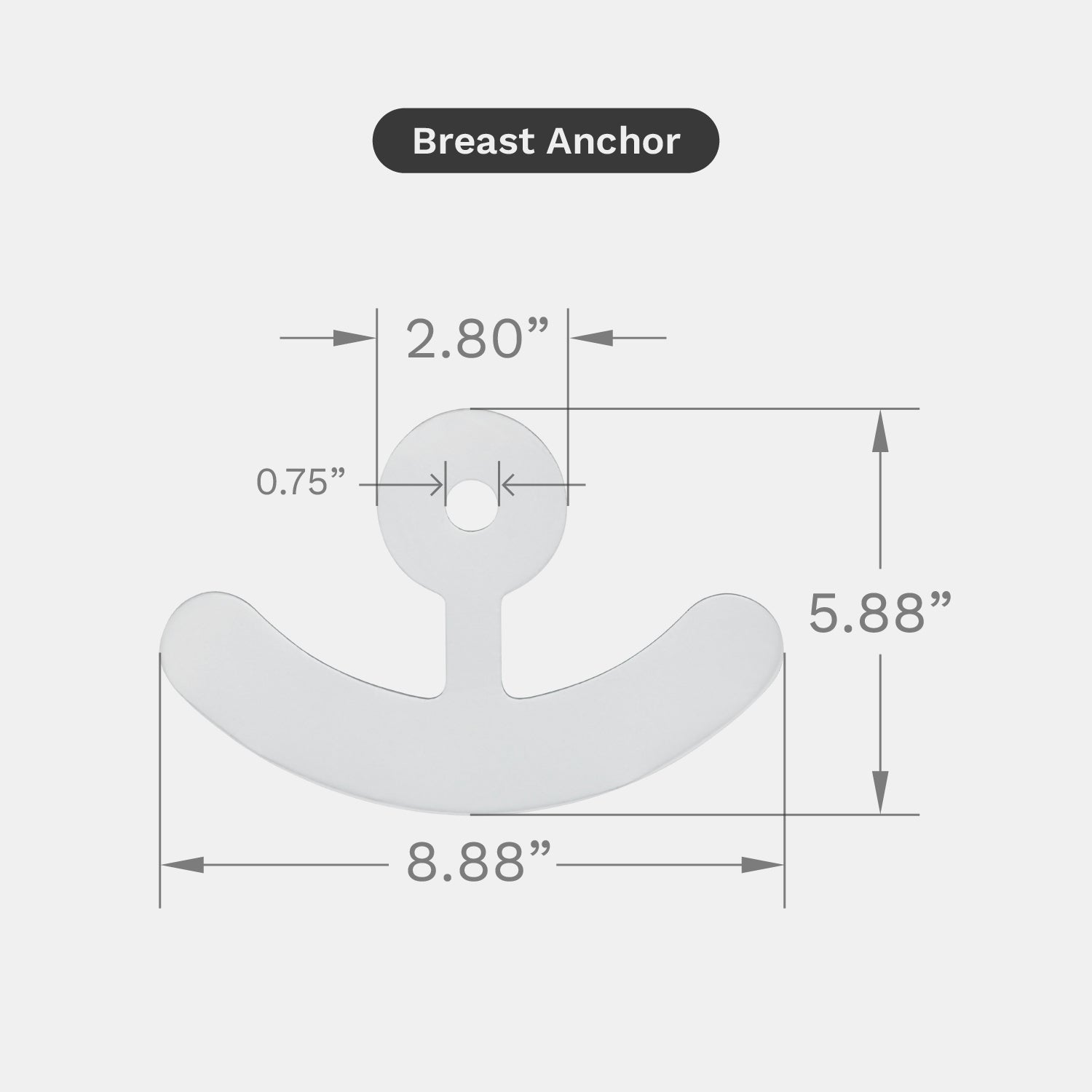
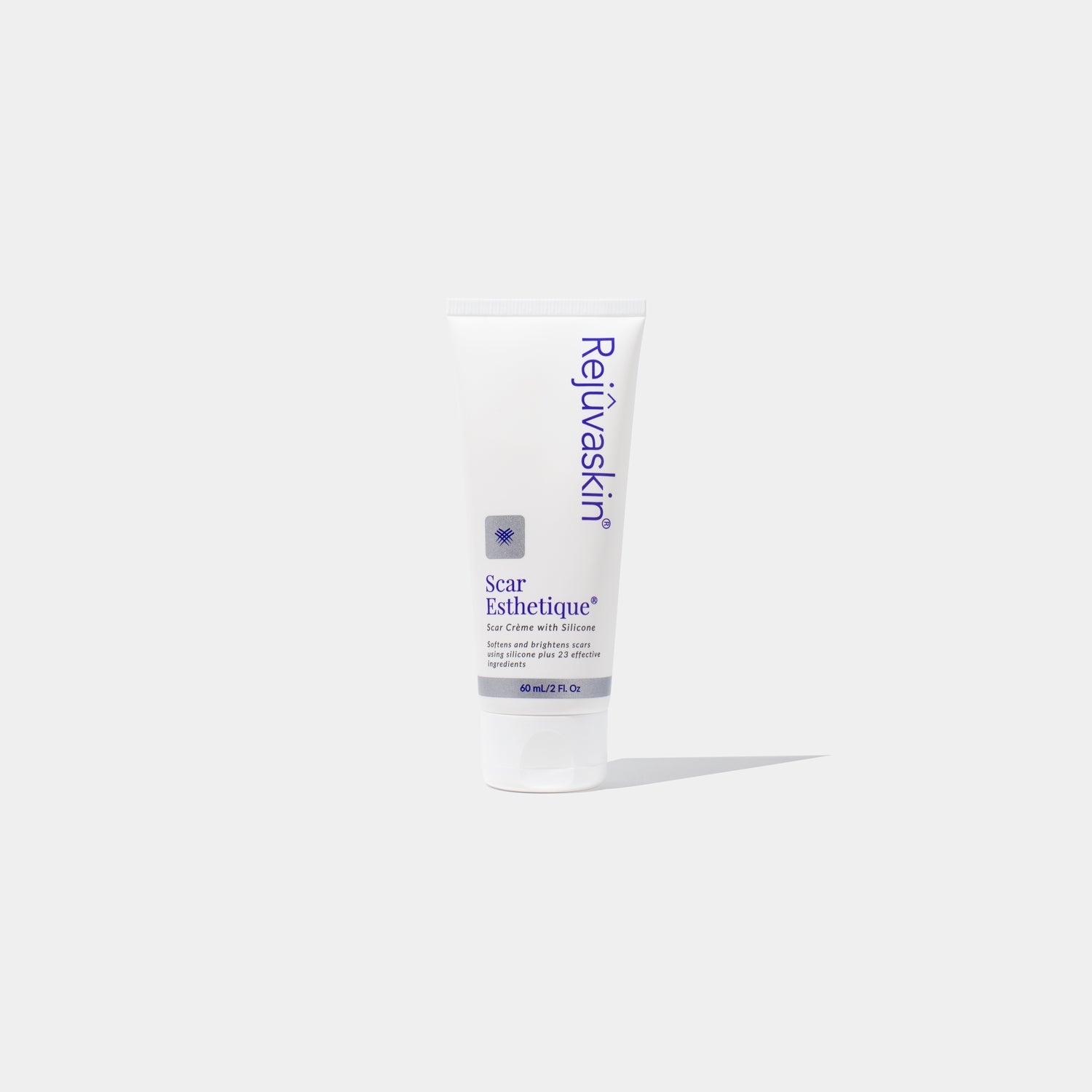
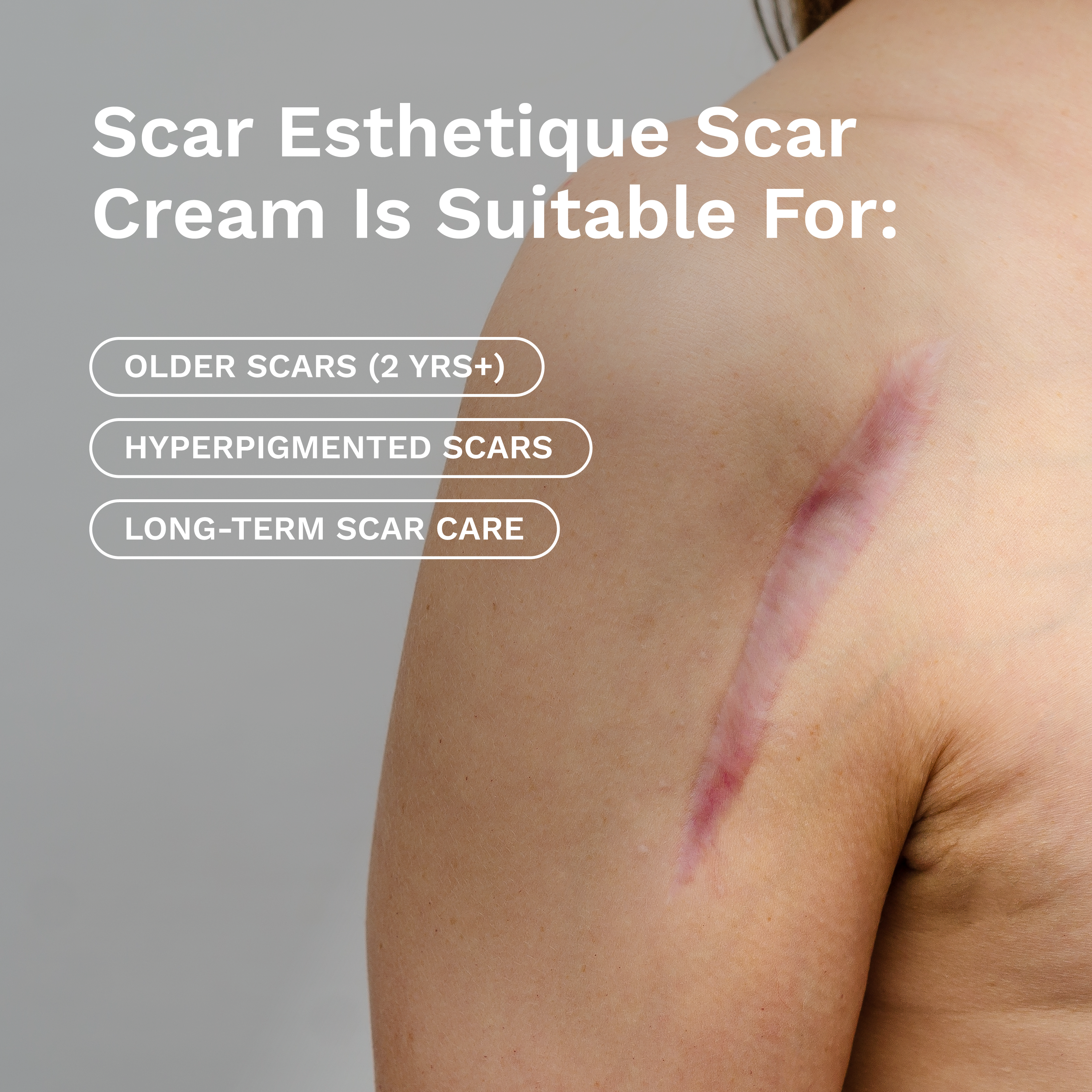








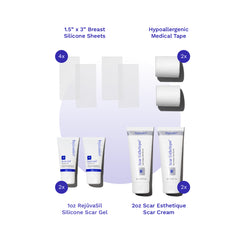
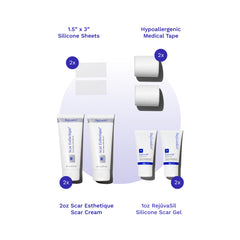

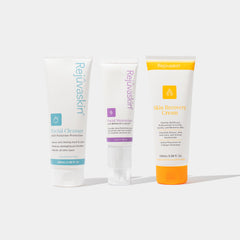
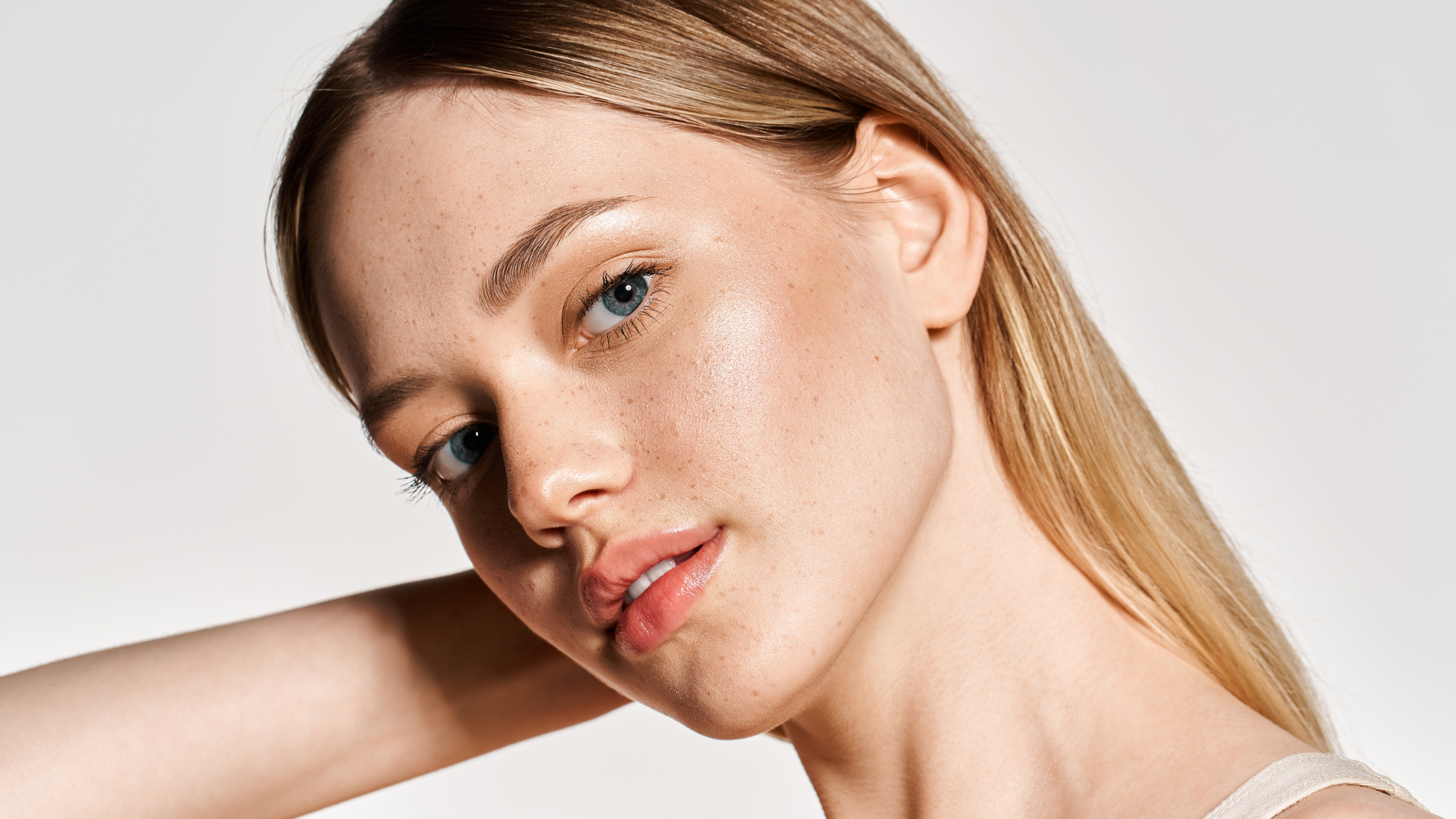
Leave a comment